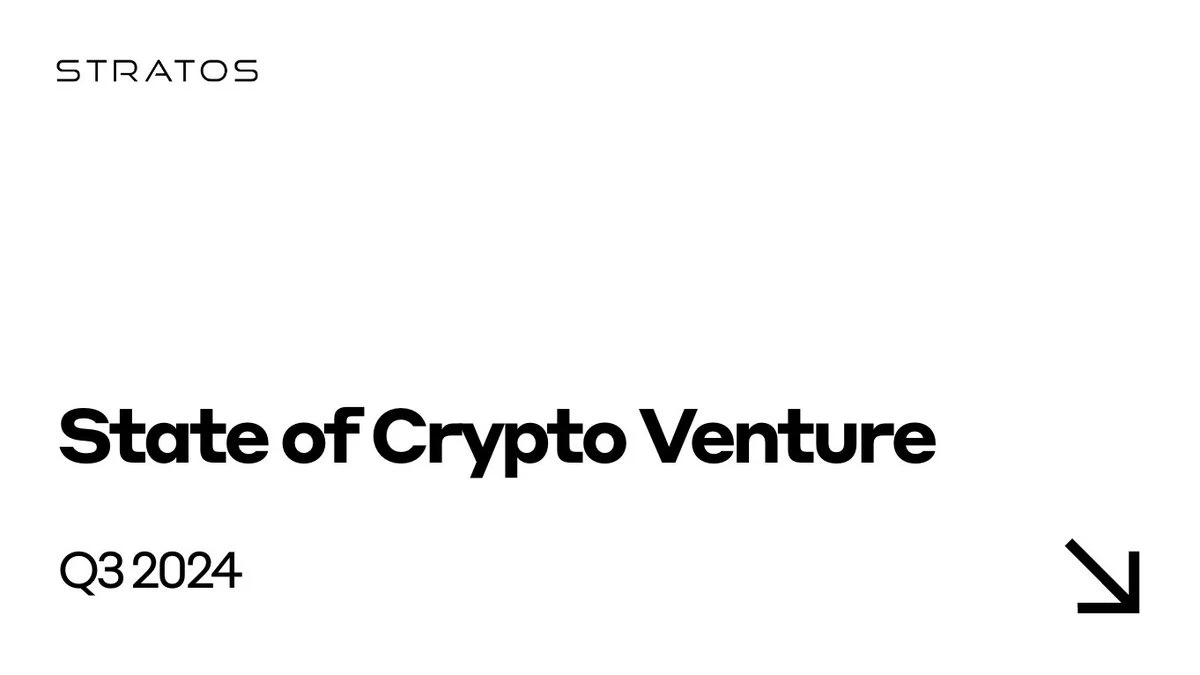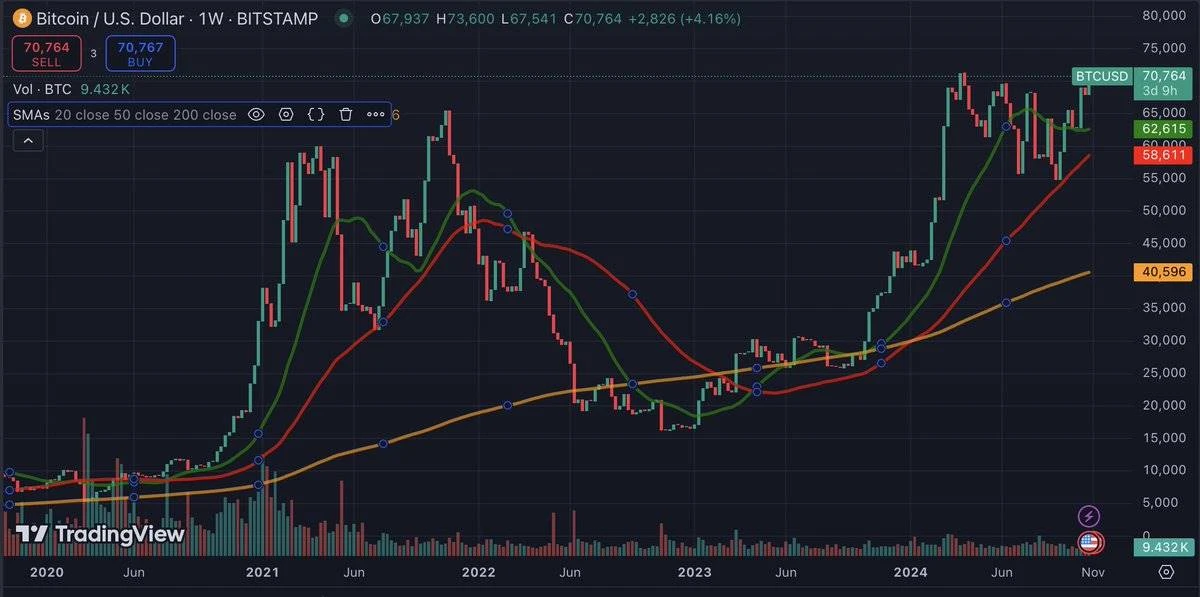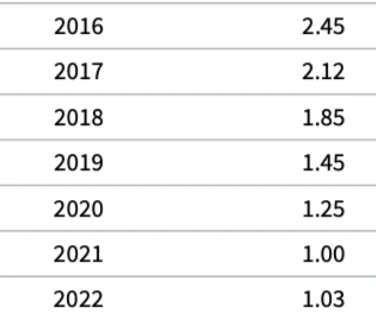A brief analysis of the dilemma of crypto venture capital: $49 billion invested in projects since 2015, but returns are
Original author: rennick
Original translation: TechFlow
Crypto VCs have significantly underperformed Bitcoin. Is crypto VC in trouble? We analyzed data since 2015 to find out.
In short, the entire industry is losing money. From 2015 to 2022, the $49 billion invested in token projects has created less than $40 billion in value, a return of -19% (before fees and expenses).
Meanwhile, Bitcoin is on the verge of breaking out to a new all-time high, having gained 2.3x on its 200-day moving average since its November 2021 high (see golden line). How did we come to these conclusions?
We analyzed all venture capital rounds through January 1, 2023. Of the $88 billion in total investment in crypto venture capital, $70 billion (80%) was invested before this date. Why?
Any more recent investments are not appropriate for inclusion in the analysis because they were funded too recently and have not had enough time to realize value.
Typically, it takes 3 years from seed round to Token Generation Event (TGE), and less than 1 year for later stages. Therefore, it seems reasonable to exclude data less than 2 years old. Of course, there are some exceptions, but not enough to change the overall analysis. Therefore, from 2015 to 2022, about 70 billion US dollars were invested, of which we assume 70% was invested in token projects. This is an estimate based on experience.
Obviously, not all crypto venture capital flows into token projects. But aside from the recent acquisition of Bridge and Coinbase’s IPO, there are few other liquidity events in the market, so it is difficult to accurately value these investments at this time.
From 2015 to 2022, venture capital invested $49 billion in token projects.
The fully diluted market value (FDV) of tokens of these venture-backed projects reached $439 billion.
It is worth noting that $100 billion of this value comes from SOL.
Clearly, venture capital returns are driven primarily by a few special projects, but outside of these specific funds, the industry as a whole does not participate broadly in this value creation.
Therefore, we can consider the remaining value to be $339 billion.
So what share of these projects does the venture capital industry as a whole have?
Assume that venture investors collectively hold 15% of these Token FDVs.
Each VC round typically buys about 7% of the network, and there are usually 2 rounds (sometimes less) before a Token Generation Event (TGE).
Therefore, a 15% holding seems reasonable.
Based on current market capitalization, the venture capital industry theoretically holds $66 billion worth of tokens.
If we exclude SOL, a major special item, the value is $51 billion.
As a result, investments (before fees and expenses) through 2022 are up 34% across the industry as a whole, including SOL.
If SOL is not included, it is basically the same.
We know that there is a big difference between liquid value (i.e., flow-through market capitalization) and fully diluted market capitalization (FDV).
These data are based on the assumption that the FDV of the locked tokens can be sold at the current price.
If we take into account a standard discount for illiquidity in the market (DLOM) of 40% (which can vary greatly in the crypto space), the project value is around $40 billion including SOL and around $30 billion excluding SOL.
Add in fees and expenses, and that number drops further.
At current prices, the entire industry is actually losing money.
However, as the saying goes, a 6-foot-tall person can drown in a river that averages 5 feet deep.
These are rough averages used to give a general idea of the overall state of the industry.
There are indeed some extreme success stories.
If you invested in SOL’s seed round, or made a large enough investment in a small fund in a project with a market cap of over $1 billion, you would have outperformed Bitcoin and the industry average.
It’s worth noting that most altcoins derive their value from projects that launched early in the previous cycle or earlier.
And the most recent project is still under development, so there may be room for growth in the future.
Most of the $70 billion invested between 2015 and 2022 is invested in the second half of this period.
These projects also tend to be funded by venture capital firms with larger funds at higher valuations.
Therefore, it is uncertain whether the success of recent projects will result in a strong return on investment.
One final point — how does this compare to Web 2 VC returns from the same years?
Based on the managers reported TVPI (total value to paid-in capital ratio), total returns after fees and expenses look roughly comparable.
So, what should I make of all this?
When comparing venture investments to liquid assets, the vast majority of funds have underperformed Bitcoin, especially since the trough.
Even when calculated on a moving average basis, performance remains poor.
This is actually similar to what traditional venture capital experienced with Nasdaq.
Thomas Laffont of Coatue gave a great report on this at the All In Summit:
Why is this so, and why are there similarities between Web2 and cryptocurrencies?
Venture capital is indeed not easy! The hit rate is low, the liquidity is poor, and the fees are high.
But there are other factors at play – economies of scale and network effects.
The “Big Seven Tech Stocks” driving Nasdaq returns all benefit from network effects.
The same is true for Bitcoin, Ethereum, and SOL.
This means that as these large platforms/networks expand, their returns actually grow as well.
At the same time, as the user base expands, the value of the product is also increasing.
This makes it difficult for smaller startups to compete, at least on average from a return on investment perspective.
Will this change?
The crypto venture capital industry may need to adjust in terms of total fundraising and fund sizes (or TOTA L3 needs to quickly triple).
Mag 7s growth rate may not last forever – there is a limit to how much they can extract from global GDP.
But interestingly, BTC, ETH, and SOL may see their growth slow down even more than Mag 7.
It can be said that currency is the technology with the greatest network effect.
BTC obviously fits this bill. The value of ETH and SOL is that people hope they can also become some form of Internet currency.
In other words, the cryptocurrency adoption curve today is similar to that of Mag 7 in the early 2010s (or possibly even earlier), so there is still a lot of market to be tapped.
There is currently 20 times more money in cryptocurrency venture capital than in established institutional liquid crypto funds (over $88 billion vs. ~$4 billion).
So if things go as I expect, liquid crypto AUM will exceed crypto VC AUM.
After all, this is also in line with the trend in other parts of the world.
Disclaimer:
Several people have reached out to point out that some data appears to be missing. We used the existing data cited in the report and did not alter or interpret the data in any way. Our intent was to provide the facts and give the industry something to think about.
If you believe that any data is missing or inaccurate, please feel free to contact us. We may make updates in the future and hope to improve in the process.
This article is sourced from the internet: A brief analysis of the dilemma of crypto venture capital: $49 billion invested in projects since 2015, but returns are not as good as Bitcoin
For the development of Layer 2, for quite a long time, everyone has focused on the competition between the two major technical routes of Optimistic Rollup (Op series) and Zero Knowledge Rollup (Zk series). Based on the technical advantages, the market has selected four leading Layer 2s, namely: Arbitrum, Optimism, Starknet and zkSync. With the launch of the mainnet of the Four Heavenly Kings of Layer 2, the circulation of tokens, and the data on the chain are very different. Looking at the development of Base, in just over a year, it has occupied half of the transactions on the Ethereum Layer 2 chain. So, why is Base developing so rapidly? What leading projects in the Base ecosystem are worth paying attention to? Occupying half of Layer 2, why is…











